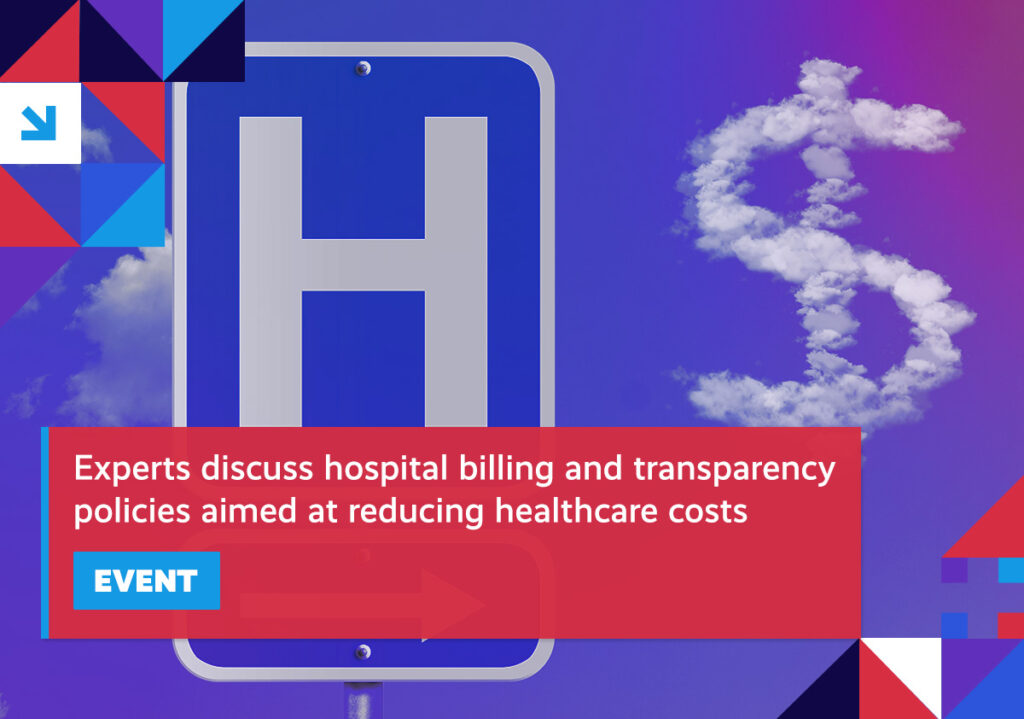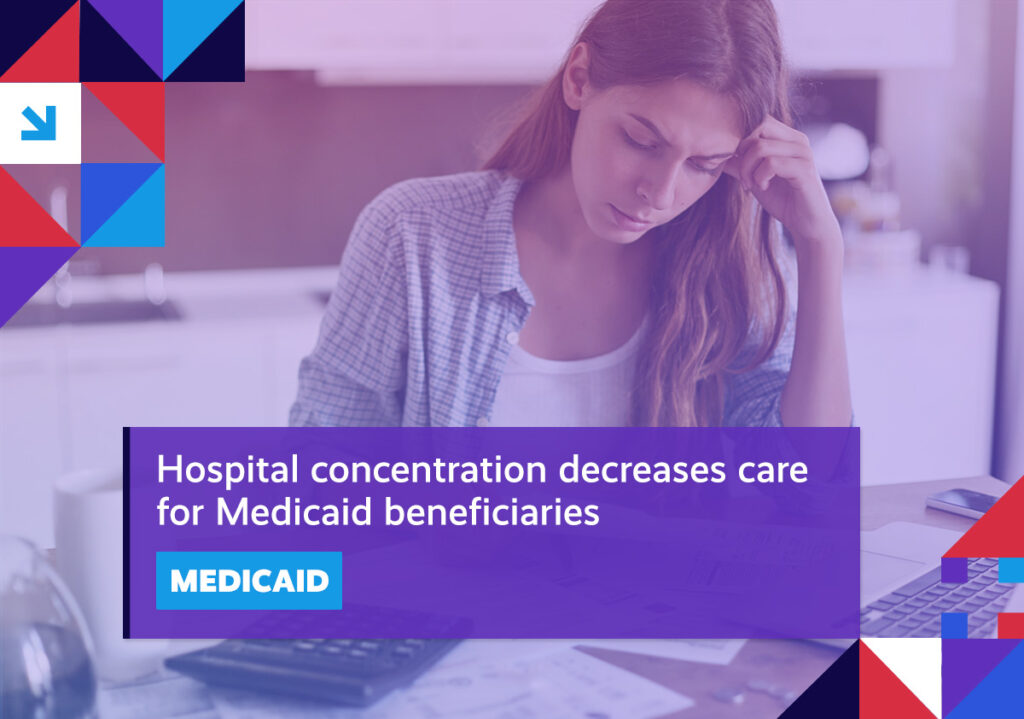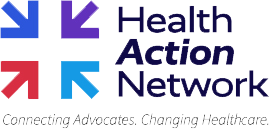A quick roundup of the issues driving the healthcare reform conversation.
Item of the Week

Spotlight
HOSPITAL PRICES Reliable hospital price transparency remains elusive for consumers.
Quick takeaway: A new study shows wide variations between the prices hospitals post online and what patients are told on the phone.
Digging deeper: Researchers collected cash price data online from dozens of hospitals last year for childbirth services and brain MRIs, before calling those same hospitals and requesting the lowest cash prices.
The results reinforce previous findings that show considerable price variability – not just between hospitals, but even within the same hospital. The data also suggests that hospitals may not even know their own prices.
What it means: The push for greater hospital price transparency has not been easy. Despite new federal rules requiring hospitals post prices for 300 shoppable services in a consumer-friendly format on their websites, there’ve been issues, including a lack of standard formatting, incomplete data, and poor hospital compliance.
According to the data published in JAMA Internal Medicine, questions about dependability of the prices that are made available can now be added to that list.
EMPLOYER COSTS Employers expect their healthcare costs to go up.
Quick takeaway: High inflation, labor shortages, and industry consolidation have employers projecting a 5.4 percent increase to their health benefits costs per employee next year.
Digging deeper: As previously highlighted, employers face significant headwinds as they put together their employee health benefits packages for 2024. A new national survey underscores the severity of that challenge, as employers are forced to reconcile the competing priorities of improving those benefits packages while implementing cost-reduction strategies.
What it means: After more than a decade of annual cost increases averaging 3.4 percent, the ongoing economic uncertainty plaguing the healthcare sector is threatening to push those costs higher.
In addition to the inflation and labor shortages mentioned above, increased consolidation of health systems is also placing upward pressure on costs.
PBM VALUE Legislative efforts targeting PBMs will ultimately have little impact on rising prescription drug costs.
Quick takeaway: Achieving meaningful drug price reductions requires looking beyond pharmacy benefit managers (PBMs) and elsewhere along the supply chain.
Digging deeper: Policy and economic experts at Brookings make the case that legislation aimed at curtailing PBMs won’t do much to address out-of-control drug prices. In fact, by eliminating the tools used by PBMs to negotiate lower prices for consumers, employers, and government programs, not only will prices not go down, but the exact opposite might happen.
Additionally, there’s the added concern that increased cost-sharing could also lead to increased non-adherence, as patients forego their prescribed treatments due to affordability.
What it means: Elsewhere, economists share these concerns and urge lawmakers to better understand the critical role that PBMs play in helping contain rising drug costs, rather than handing Big Pharma another lucrative pay day.
Rx SAVINGS The use of generic and biosimilar drugs led to huge savings last year.
Quick takeaway: Lower-cost versions of brand-name drugs saved our healthcare system $408 billion in 2022.
Digging deeper: According to a new report from the Association for Accessible Medicines (AAM), this represents a huge jump from the $195 billion in accumulated savings in 2013. Further, using generic and biosimilar drugs resulted in:
- $139 billion in savings for Medicare
- $194 billion in savings for commercial plans
- $2.9 trillion in savings over the past 10 years
What it means: Against this backdrop, stakeholders continue to point out how flawed Big Pharma’s innovation rhetoric has become – in particular, their increased focus on pursuing secondary patents on existing products, not as a result of true innovation, but to extend their patent monopolies and prevent competition from generics and biosimilars.

| You can keep up with the latest by following the Health Action Network on X and by liking us on Facebook. And, be sure to check us out on LinkedIn, too. As always, let us know if there’s something you’d like to see covered in a future newsletter. |
The Health Action Network includes everyday Americans—families, workers, businesses, patients, providers, neighbors, and friends. We are working together because we support market-based solutions that offer better healthcare choices and help build a stronger economy. The Health Action Network is an Elevance Health, Inc., initiative.
